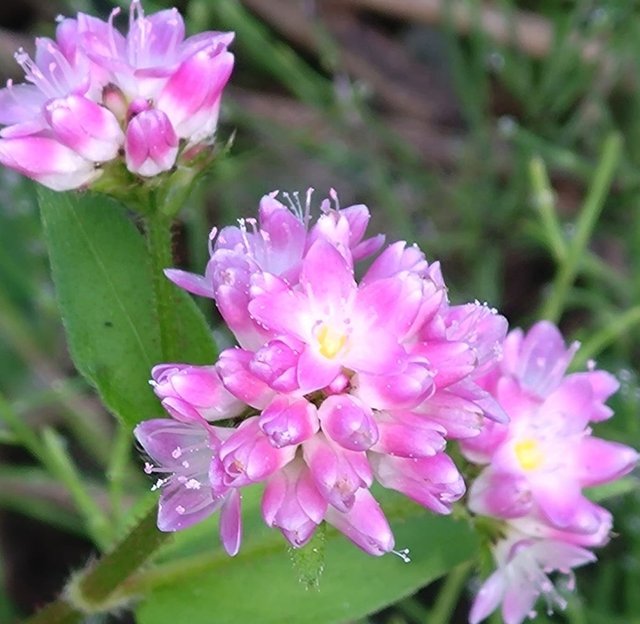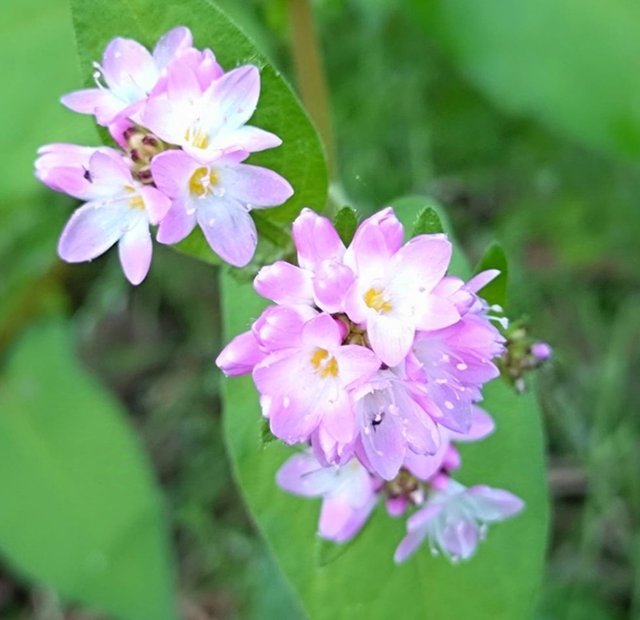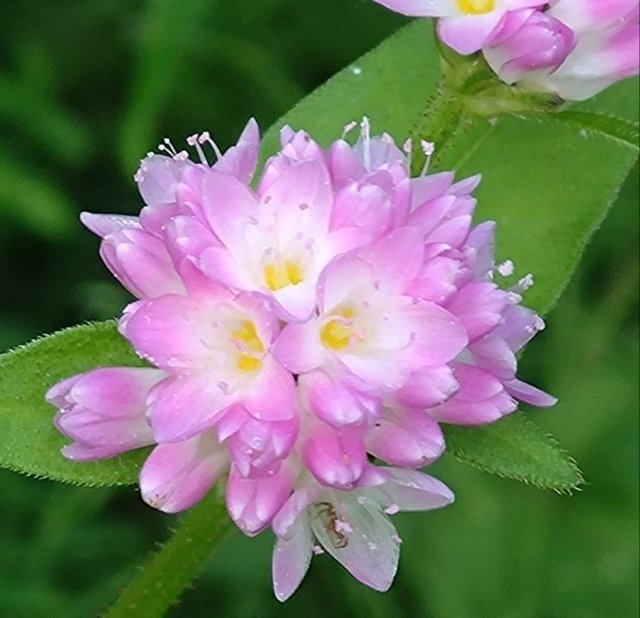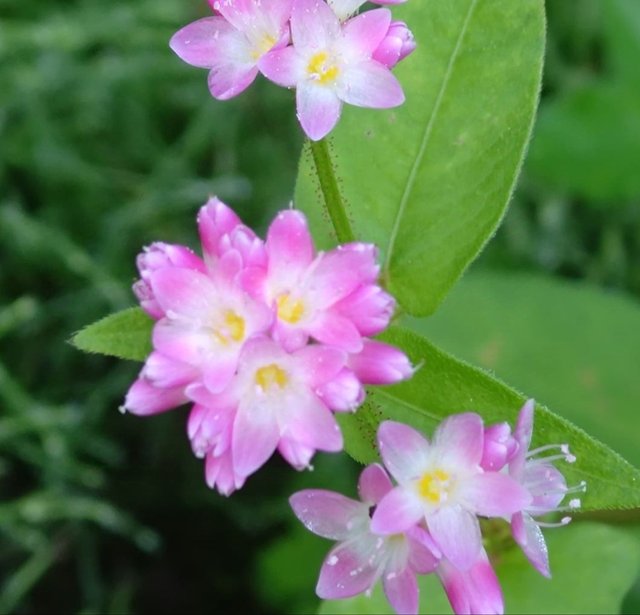Beautiful Colour Trailing Arbutus Flower
Trailing arbutus, also known as mayflower or ground laurel, is a low-growing, evergreen perennial plant that belongs to the heath family. It’s prized for its delicate, early-spring blooms, which release a sweet, jasmine-like fragrance that heralds the coming of warmer weather. Native to the eastern United States and Canada, trailing arbutus is a woodland wildflower with an elusive charm, as it tends to grow close to the ground in forested areas, often partially hidden under leaf litter or tucked away among pine needles.
Botanical Description
Trailing arbutus is a prostrate plant, meaning it spreads across the ground rather than growing upward. Its leaves are dark green, leathery, and oval-shaped with a slight fuzziness along the edges, which helps retain moisture in its natural habitat. The flowers, which are the main attraction, range in color from white to pale pink and occasionally have a deeper pink blush. These blooms are tiny, measuring around 0.5 inches in diameter, and grow in clusters at the ends of the stems. Each flower has a delicate, five-lobed, tubular shape with a gentle fragrance that makes it well-known to those who encounter it in the wild.
Habitat and Growth Conditions
Trailing arbutus is found in acidic, well-drained soils, often in shaded or partially shaded environments. It thrives in the understory of pine forests or in sandy, rocky soils. The plant prefers these environments because of the stable moisture levels and the acidic pH that evergreen leaf litter provides, which supports many species in the heath family. As a low-lying plant, it relies on protective cover from taller trees and shrubs, which shield it from harsh weather conditions and provide the ideal dappled light.
Seasonal Bloom
One of the unique aspects of trailing arbutus is its bloom period. The flowers typically appear in early spring, from late March through May, depending on the latitude and elevation. This early bloom makes it a welcome sight in forests when most other plants are still dormant. The fragrant flowers attract various early pollinators, including bees and ants, who take advantage of the limited floral resources available so early in the season.
Pollination and Propagation
While bees play a significant role in the pollination of trailing arbutus, ants are also important. Ants are attracted to the nectar of these low-growing flowers and serve as an effective means of pollination, despite the flowers’ close-to-the-ground positioning. This unique pollinator relationship is crucial, as the plant has a relatively limited seed dispersal range due to its habitat preference.




Thanks For Reading
Device Information
| Device | Redmi Note 10 Pro |
|---|---|
| Lens | 64 mp |
| Location | Bangladesh |
